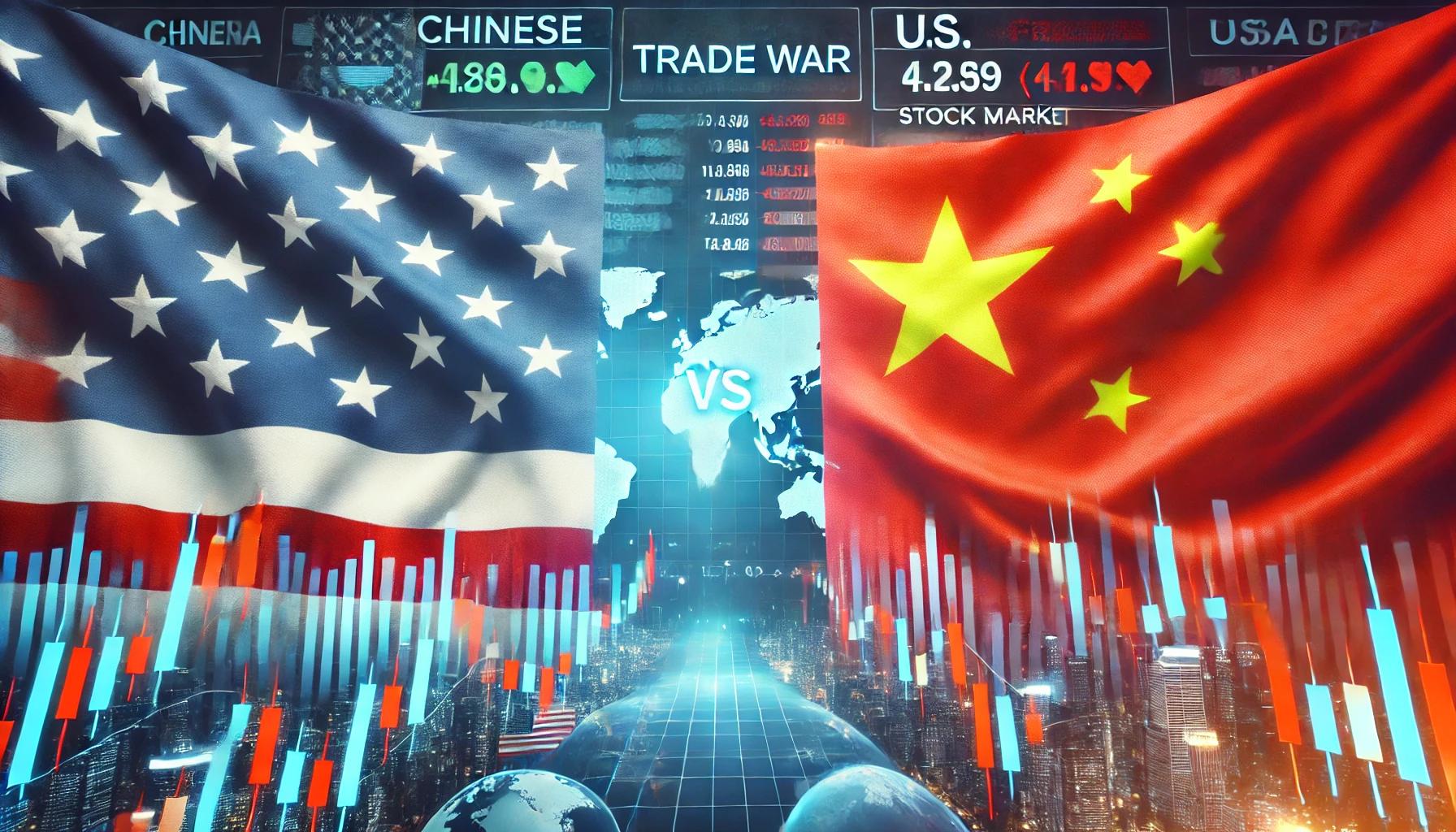The intensifying U.S.-China trade war is reshaping global supply chains and business strategies. Companies must navigate these turbulent waters with foresight and adaptability to sustain growth and competitiveness.

Key Tariff Increases and Their Impact
The Biden Administration has boosted tariffs on steel and aluminum products from 7.5% to 25%, and on semiconductors from 25% to 50%. Most notably, tariffs on electric vehicles (EVs) manufactured in China have surged from 25% to 100%. These measures are designed to shield American industries from the influx of cheaper Chinese goods, particularly in high-tech sectors like EVs, where the U.S. seeks to dominate.
China’s Strategic Response
In retaliation, China is intensifying its push for self-sufficiency in high-tech manufacturing. The Chinese government has invested billions in Semiconductor Manufacturing International Corporation (SMIC) to produce seven-nanometer chips, aiming to reduce reliance on U.S. technology. Additionally, China has directed government offices to avoid purchasing personal computers with American-made chips, further isolating its tech supply chain.
The Global Supply Chain Reshuffle
As these tensions rise, U.S. companies are shifting operations to alternative locations such as Mexico, Southeast Asia, and India to mitigate risks. This strategic move, often referred to as “derisking,” aims to reduce dependency on China while leveraging more favorable trade conditions and labor markets in other regions. However, China remains a critical player due to its unparalleled manufacturing capacity and efficiency.
Industrial Decoupling: A New Era
China’s strategy includes setting up manufacturing arms in other countries, sometimes masking their ownership to escape U.S. tariffs. For example, Chinese-owned auto plants in Mexico benefit from duty-free privileges under the United States-Mexico-Canada Agreement (USMCA). This complex web of ownership and production highlights the intricate and evolving nature of global trade dynamics.
Navigating the Trade War: Business Strategies
Businesses must stay agile and responsive to these changes. Key strategies include diversifying supply chains, investing in local manufacturing capabilities, and staying informed about regulatory changes. Understanding the geopolitical landscape and its implications is crucial for maintaining competitiveness and ensuring long-term growth.
The Future of U.S.-China Trade Relations
While the term “trade
While the term “trade war” suggests a total severance, indirect trade and behind-the-scenes dealings between the U.S. and China will persist. The sheer scale and efficiency of Chinese manufacturing are irreplaceable in the short term. Therefore, companies must balance the need for diversification with the reality of ongoing reliance on Chinese production.
Conclusion
The escalating U.S.-China trade war presents significant challenges and opportunities for global businesses. By understanding the strategic moves of both nations and adapting accordingly, companies can navigate this complex landscape and emerge stronger. The key lies in agility, strategic foresight, and a deep understanding of global trade dynamics.
